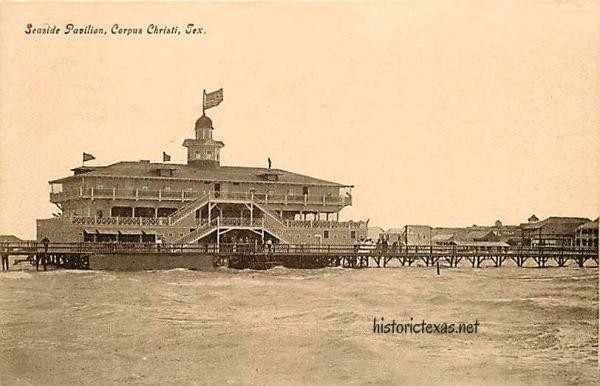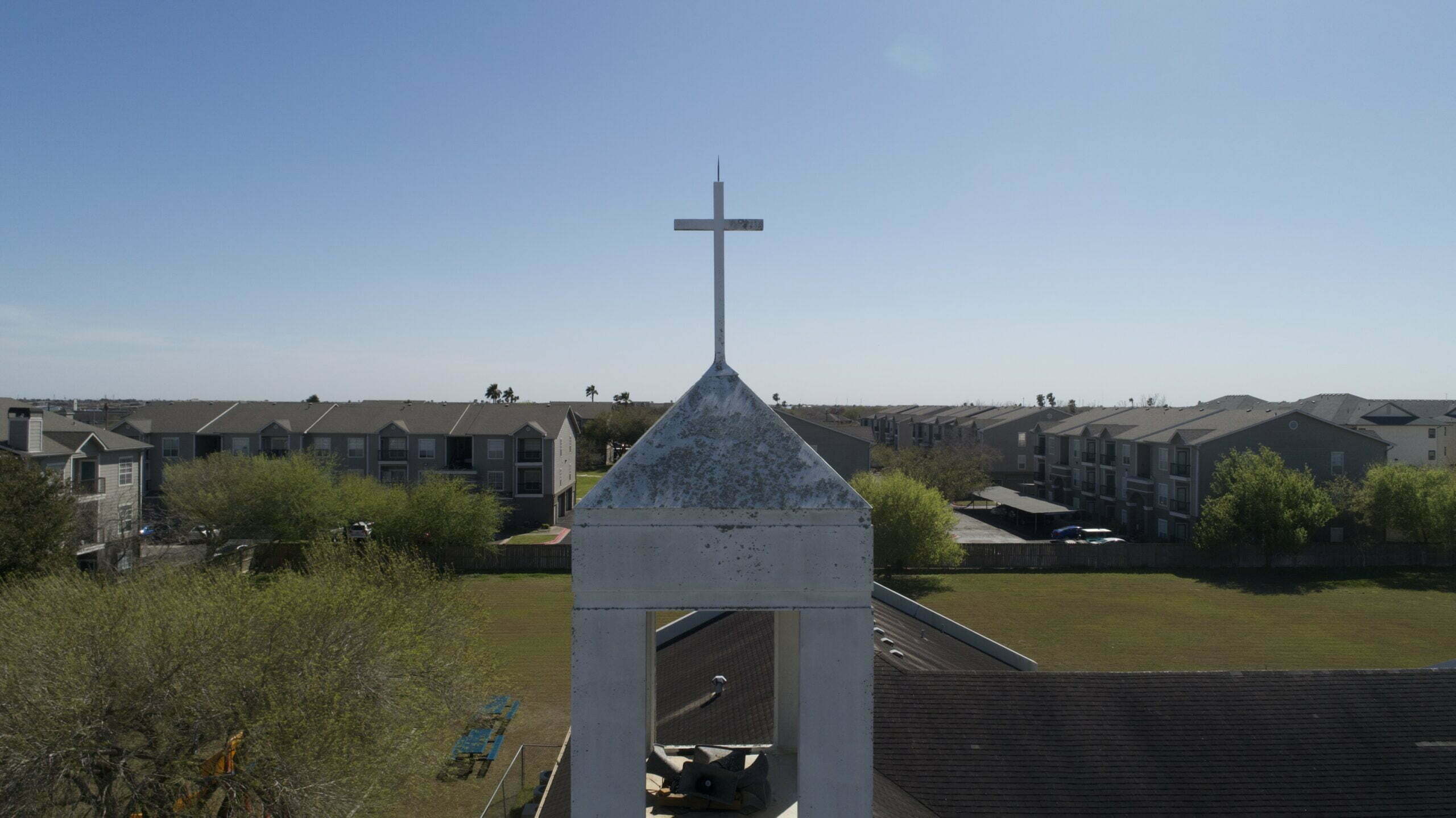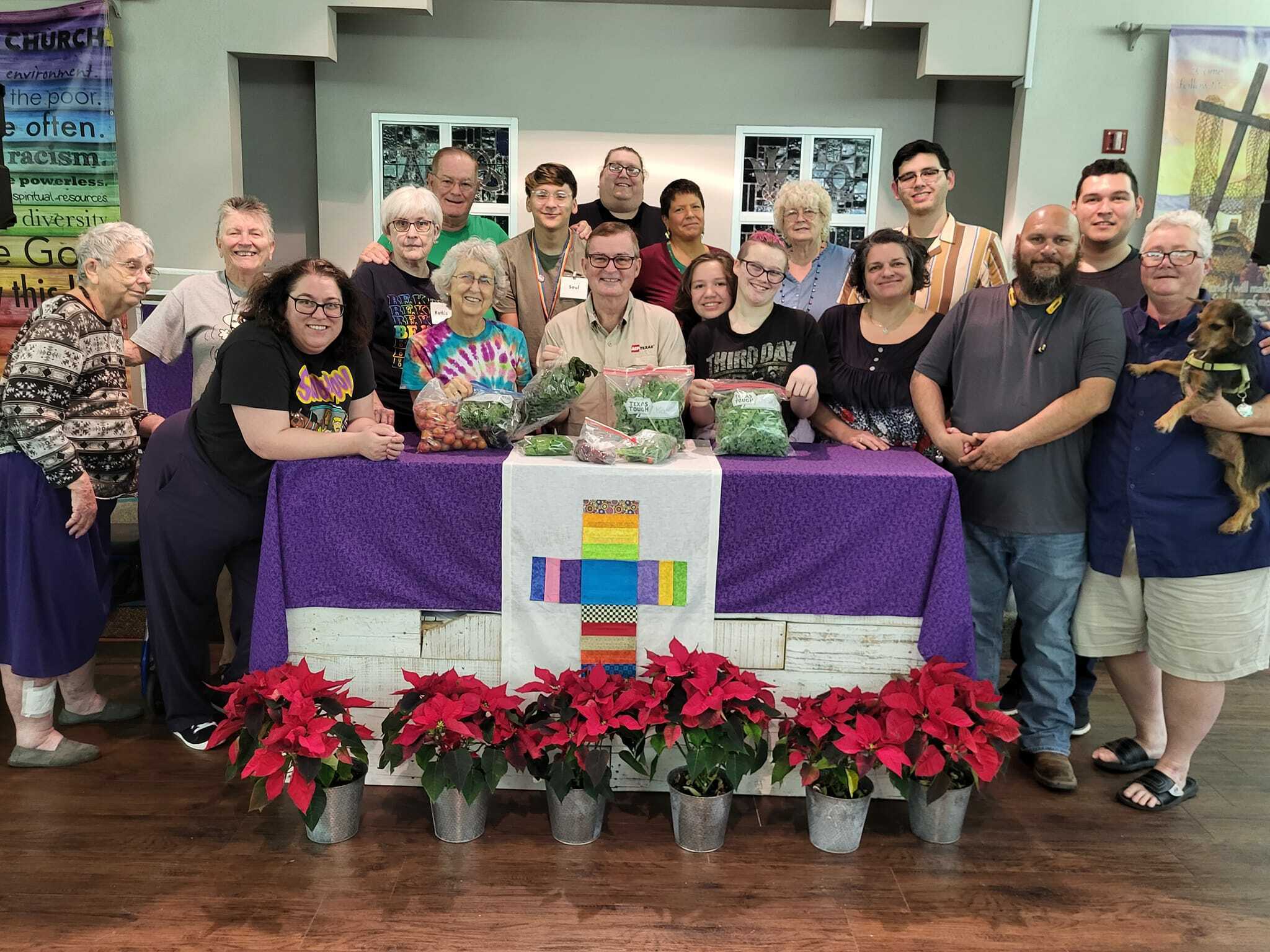History of St. Paul United Church of Christ
St. Paul United Church of Christ of Corpus Christi has a rich and storied history in the Coastal Bend of Texas. Journey with us as we explore our church’s past and how it has shaped our present.
Early Beginnings
St. Paul United Church of Christ of Corpus Christi began its journey in the Coastal Bend of Texas in June 1895, when the Rev. C. Knicker ventured to Corpus Christi to investigate conditions for organizing a German Mission. The church has witnessed several name changes, and its first official name was Die Deutsche Evangelische Trinitatis Gemeinde (The German Evangelical Trinity Congregation), founded on November 19, 1911.
Throughout its early years, the church moved between various locations, including Mestina Street, the First Presbyterian Church, and later the Seaside Pavillion. The church faced challenges during World War I, when public use of the German language was banned, leading to a temporary disbandment of services in 1918.
In the subsequent years, the church found its footing again, meeting in various locations and undergoing several name changes. By 1938, the church had established a Sunday Church School building, and by 1942, had plans to relocate.


The Texan Trail Era
In 1945, after thorough deliberation, the church voted to buy property on Texan Trail at South Alameda. The next years were marked by the construction of new church buildings and the installation of beautiful glass windows that narrated Bible stories. By 1960, the church sanctuary at Texan Trail was paid off. However, in 1988, a devastating arsonist’s fire destroyed the church sanctuary.
The church’s spirit remained unbroken as they began worshipping in the Fellowship Hall and made plans for relocation. In 1990, a groundbreaking ceremony marked the beginning of a new era as they started building on Lipes Boulevard, ensuring that the cherished stained glass windows from the Texan Trail building were incorporated into the new structure.
Modern Era and Legacy
Under the leadership of various pastors, the church continued to grow and serve its community. The church took significant steps in outreach and community service, reaffirming its commitment to being a “Place Where Heart, Mind, and Spirit Meet.” The church’s mission has always been inclusive, welcoming all regardless of background or beliefs.
Today, St. Paul stands as a testament to its rich history, always looking forward to the future while cherishing its past.

Our Settled Pastors
| Pastor | Commenced Pastorate | Closed Pastorate |
|---|---|---|
| Rev. Robert Hinze | December 1911 | March 1912 |
| Rev J. Werkenthin | July 1912 | Spring 1913 |
| Rev. John Biegeleisin | August 1915 | January 1917 |
| Rev. William Kulps | February 1917 | September 1918 |
| Rev. J. C. Melchert | September 1919 | July 1920 |
| Rev. Carl Kurz | February 1921 | Fall 1931 |
| Rev. Martin Ernst | July 1932 | November 1934 |
| Rev. Carl Mueller | September 1935 | September 1941 |
| Rev. Roy Gieselmann | November 1941 | March 1944 |
| Rev. Jost B. Washburn | July 1944 | September 1951 |
| Rev. Edward Mayer | January 1952 | November 1961 |
| Rev. Edwin M. Schaefer | August 1962 | June 1976 |
| Rev. Veral M. Seagraves | October 1976 | November 1979 |
| Rev. Joseph Charlebois | September 1980 | June 1984 |
| Rev. Charles Beitler | November 1984 | August 1988 |
| Rev. David Pantermuehl | October 1989 | September 2002 |
| Rev. Charles S. Brown | December 2007 | June 2013 |
| Rev. Burton Bagby-Grose | November 2014 | December 2017 |
| Pastor Tom Neilsen | January 2018 | June 2018 |
| Pastor Dana Worsham | June 2018 | — |
The First Congregational Church-United Church of Christ
The First Congregational Church of Corpus Christi was organized in 1866, and it’s said to be one of the oldest African-American churches in Texas. After facing numerous challenges, it ultimately merged with St. Paul, and its legacy is remembered with the bell from the First Congregational Church now resting at the entrance of St. Paul.
No matter who you are, and no matter where you are on life’s journey, you are welcome at St. Paul UCC!